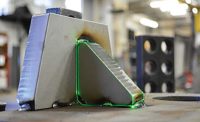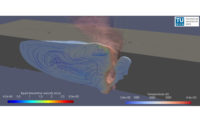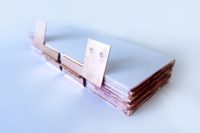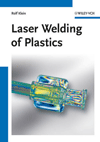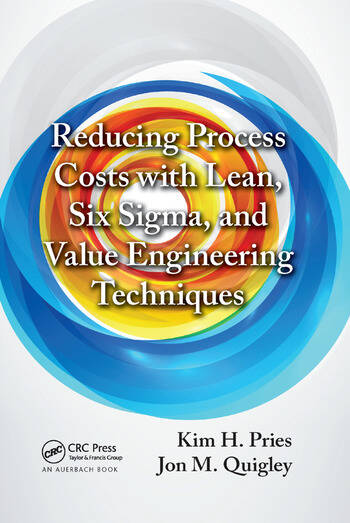Laser Projection Equipment Standardizes Welding Process

Plasser America Corp. uses the Tracer projector to project component locations onto the model frames of its railroad-track-tamping machines. Photo courtesy FARO

Plasser machines efficiently and accurately lay railroad track in the correct geometrical position using hydraulic nonsynchronous constant pressure. Photo courtesy Plasser America Corp.


Everybody loves a train, but not necessarily for the same reason. Some people enjoy the rhythmic sound of the moving wheels or the challenge of counting all the railcars as they pass by. Others appreciate the important role that trains play in transporting all types of products across America.
Still others, like Plasser American Corp. (PAC), love trains because of the track they ride on. PAC, you see, makes large machines that efficiently and accurately lay the track in the correct geometrical position using hydraulic nonsynchronous constant pressure.
More than 300 employees work at the company’s 150,000-square-foot headquarters in Chesapeake, VA, where various models of track-tamping equipment are assembled in a low-volume, high-mix manufacturing environment. In 2019, after nearly 60 years in business, the company set a goal to drastically reduce welding rework by initially welding all individual component parts on each machine frame.
At that time, PAC was laying out each machine by hand using tape measures and soap stones. Unfortunately, machine consistency wasn’t where it needed to be, resulting in too much rework being done in the main assembly areas. The company needed to develop some standardization and best practices to accomplish its goals.
One practice they immediately stopped was the use of traditional fixturing and jigs. This is because some machine frames require the laying out of 400 to 500 little parts. The time it takes to locate and fixture each of these parts is inordinate.
PAC next looked at using mobile devices on the shop floor to display subassembly locations. Unfortunately, it still turned out to be a manual process, with the welders and fitters relying on somebody to hold each part in place while they tack-welded it.
Eventually, PAC researched laser projection technology before purchasing a Focus 70 laser scanner and a Tracer laser projector from FARO. Workers now use the hand layout process for the first machine frame type, before scanning the frame as a complete model with the Focus and merging this scan data with related CAD files. From these files the company creates projector files, which enable the Tracer to project component locations onto succeeding model frames.
PAC likes that the projection equipment enables easy updating of engineering documentation for critical and noncritical machine components alike. The company has also reduced the time needed for gathering and documenting component information on an entire machine from four weeks to two days.
Layout time has been cut in half, as well. Previously, six or more people were needed for layout work. Now, one person does layout and tack-welds components according to the projection, while another person follows and finishes the welds.
A final benefit is PAC can now pre-make all of its components and weld plates. Once they are attached to the machine frame, the Focus 70 scans the surface and creates high-resolution images.
From these, the projector detects, in real time, misplaced or missing parts, and foreign object debris. It also allows PAC to perform targetless alignment with the work surface by using actual holes or edges rather than retroreflectors.
For more info on laser projection technology, call 800-736-0234 or visit www.faro.com.
Looking for a reprint of this article?
From high-res PDFs to custom plaques, order your copy today!




